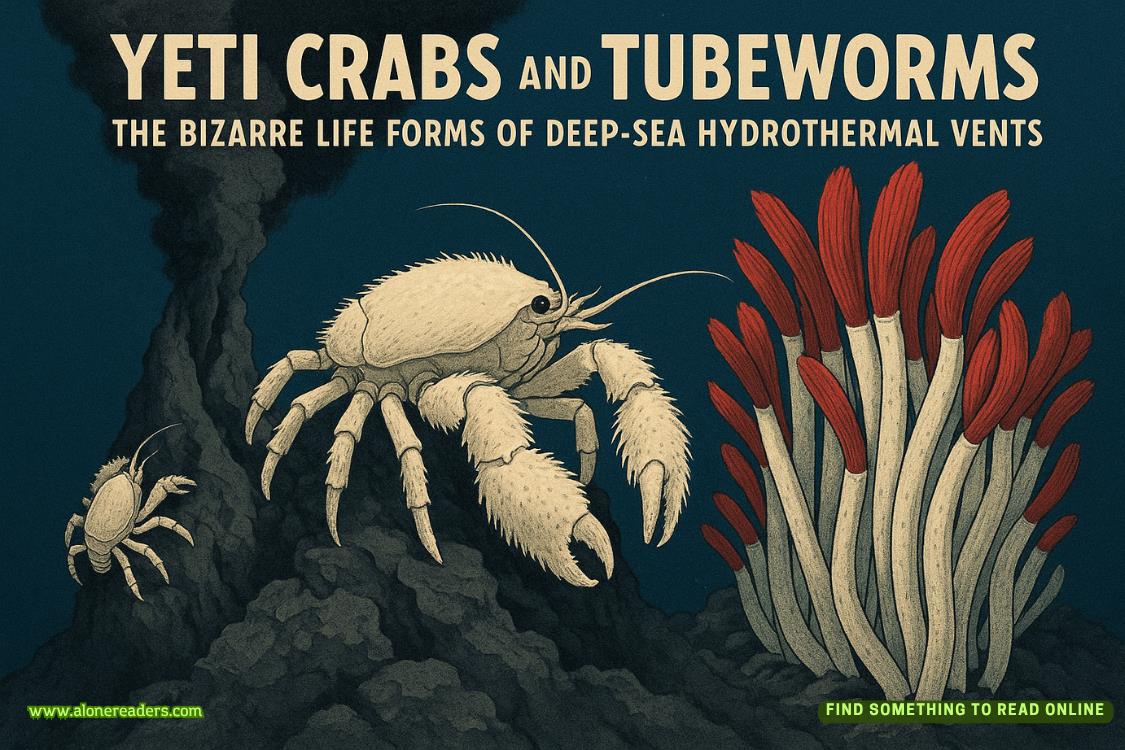Page 33 of Welcome to Murder Week
At the bottom of the hill is a wooden fence. There’s no gate or stile in sight, so we heave ourselves up and climb over, thankful for the placid livestock that don’t require barbed wire. We cross the road and find ourselves on a paved path that winds through beech trees. We come upon a sign and an arrow pointing us to Hadley Hall. Amity waves the directions in the air in triumph. I pluck a leaf out of her hair.
The medieval hall looks like one of the blocky sandcastles made by filling rectangular buckets with wet sand and turning them upside down. It’s rough around the edges, the kind of place you’d expect to find as a deserted ruin on a stormy coast. There’s grass growing between the worn stones of the courtyard and a battered wooden door with an iron knocker. The place looks uninhabited. I imagine Lady Blanders appearing as some kind of a ghost, in a diaphanous nightgown, long gray hair, and overgrown fingernails.
We’re stomping our feet to get the mud off our shoes when a shiny black horse canters into the courtyard, its rider a straight-backed woman with flowing dark red hair. The horse’s bridle and saddle, which has a brown nylon bag on the back, are so well polished that they gleam in the sunlight. A man comes rushing down the steps and takes the reins.
“Good ride, Your Ladyship?” he says. “The new shoes are sound?” He pats the horse on the leg.
“Seem to be. Have the others been done?” Her manner is clipped and officious.
“Not yet, Your Ladyship. Old Mr. Welch is still at work.”
She frowns. “Must he be so slow? See to it that he hurries up.” She dismounts and smooths her velvet jacket, turning toward us. There’s nothing ghostly about her. She’s maybe in her late forties, and striking, with the luxurious flaming hair and green eyes of a heroine from a bodice-ripper romance. She’s larger than life, and not only because she’s tall and broad-shouldered.
Lady Blanders purses her lips and tilts her head like she’s expecting something from us.
Amity says, “Oh,” and drops into a deep curtsy.
Wyatt puts one leg straight out in front of him, bends at the waist and flourishes his arm a few times like a court jester.
I nod my head and mumble, “Pleased to meet you, Your Ladyship.”
“Charmed,” she says haughtily. The three of us are frozen. I know we’re all play-acting here, but the thought of questioning this formidable woman about anything, let alone a fake murder, is intimidating.
And then Lady Blanders throws back her head, slaps her thigh, and lets out a honking laugh.
“Silly Yanks, I’m having you on. Lord knows what they put in the water across the pond, but you’re a funny lot.”
And with that, she turns and bounds up the stairs, leaving us to gape and follow.
CHAPTER TWENTY-TWO
“Ah, the fire is lit. Delightful.”
Lady Blanders ushers us into what she calls “the morning room” but which looks like a place where you’d be informed your land is under siege. Beneath a cathedral ceiling supported by exposed beams, the room is paneled with intricately carved dark wood with one wall nearly completely covered by a tapestry of cavorting animals. The hearth, tall enough to stand inside, makes the wood burning within look as small as Lincoln Logs. On either side of the fireplace are tall windows with wavy leaded glass. Above the mantel is an oil painting of a white bird with a vast wingspan swooping down toward what appears to be a pregnant mouse. The furniture is too small for the room: a gray velvet couch, two matching armchairs, and side tables, each with a few photographs in silver frames. I take pictures of everything.
“The morning room, is this where you do your correspondence?” Amity asks, apparently not registering the lack of a desk.
“Oh, certainly.” Lady Blanders gestures for us to sit. “And from where I inform the head housekeeper which sauce to serve with the veal.” She peers at us so imperiously that I wiggle farther away from her on the sofa. “Don’t be silly. My laptop is on the second floorof the north wing, in my office.” She looks toward the door. “Ah, yes, here we are. Thank you, Mrs. Crone.”
A pale, angular woman in a white cotton blouse and a black skirt the same color as her sleek bun comes in carrying a tray with a porcelain tea set and a tiered dish of shortbread cookies. She walks stiffly, bowlegged, and bends over slowly to set down the tray. As she straightens up, she glares at me with a look that seems like both enticement and warning, like she’s going to bring me upstairs to brush her employer’s negligee on my cheek and then hiss at me to flee and never return.
“Milk? Sugar?” Lady Blanders makes a grand show of holding the teapot up and slowly pouring each cup from a great height, either to show off her dexterity with liquids or her jewelry, both of which are impressive. As the teapot rises and falls, the sun catches her rings, one a sparkling diamond, the other platinum with an emerald the size of a domino, and her shiny gold bracelet with three letter charms,A, B, andC.
“What a lovely bracelet,” Amity says. “Is there a significance to the letters?”
“It’s not apparent?” Lady Blanders says, holding out her wrist.
“The alphabet?” Amity says.
“Obviously, but Ingeborge Svenska,” Lady Blanders says.
“The Swedish alphabet?” Wyatt says.
Lady Blanders gives him an icy look. “The Swedish jewelry designer.”
“Oh,” Amity says.
I turn to Wyatt to see if he has a clue. He shrugs.















